A team of surgeons from Hawaii, Dr. Michael Bennett of Retina Institute of Hawaii and Dr. Michael McMann of McMann Institute, has successfully implanted the FDA-approved eye telescope, a first in Hawaii, at one of the leading medical centers in Honolulu. The first-of-kind telescope implant is integral to CentraSight™, a new patient care program for treating patients with end-stage age-related macular degeneration (AMD), the most advanced form of AMD and the leading cause of blindness in older Americans. It is the only medical/surgical option that improves visual acuity by reducing the impact of the central vision blind spot caused by end-stage AMD.
Smaller than a pea, the telescope implant uses micro-optical technology to magnify images, which would normally be seen in one’s “straight ahead” or central vision. The images are projected onto the healthy portion of the retina not affected by the disease, making it possible for patients to see or discern the central vision object of interest.
Patients with end-stage AMD have a central blind spot. This vision loss makes it difficult or impossible to see faces, read, and perform everyday activities such as watching TV, preparing meals, and self-care. The telescope implant has been demonstrated in clinical trials to improve quality of life by improving patients’ vision so they can see the things that are important to them, increase their independence, and re-engage in everyday activities. It also may help patients in social settings as it may allow them to recognize faces and see the facial expressions of family and friends.
“After decades worth of research and development, we finally have technology capable of restoring sight and visual function for patients suffering from chronic macular degeneration,” says Dr. Michael Bennett, Retina Institute of Hawaii. “This is a very exciting breakthrough both in medical history and for patients who never thought they would see again.”
The treatment program is generally coordinated by retina specialists who treat macular degeneration and other back-of-the-eye disorders. The treatment program focuses on comprehensive patient care, requiring prospective patients to undergo medical, visual, and functional evaluation to determine if they may be a good candidate. A unique aspect of the evaluation is the ability to simulate, prior to surgery, what a person may expect to see once the telescope is implanted to determine if the possible improvement will meet the patient’s expectations.
Dr. Bennett and Dr. McMann, a cornea eye surgeon, are one of the first teams to perform the surgery nationwide. As long time friends and colleagues, Dr. Bennett and Dr. McMann were both trained at Emory University, one of the pioneering Phase I and Phase II surgical centers for the implantable device. Their natural union combines the best of their collective retinal and cataract refractive skills. The telescope procedure is performed on an outpatient basis and is covered by Medicare. Post-implantation, the patient will learn how to use their new vision in everyday activities by working with Dr. Kellen Kashiwa, the regional CentraSight visual rehabilitation provider.
Patients and physicians can find more information about the telescope implant and related treatment program at www.CentraSight.com or by calling (888) 999-4134.



The holiday season is full of sparkle—but a few festive favorites can put your eyes at risk. 1. Champagne Corks 🥂 Celebratory toasts can turn dangerous fast. A champagne cork can launch up to 50 mph, causing serious eye injuries. 2. Sharp Tree Branches & Pine Needles 🎄
Decorating the tree often means leaning in close—and those stiff branches can scratch the eye’s surface, leading to painful corneal abrasions. 3. Flying Toys & Projectiles 🎯
Nerf guns, darts, drones, and remote-control gadgets are holiday favorites—but also common causes of eye injuries in ERs every December. 4. Glitter, Craft Supplies & DIY Décor ✨
Holiday crafts are fun, but glitter, adhesives, and decorative sprays can irritate the eyes or cause chemical injuries. 5. Dry Winter Air & Holiday Travel ✈️❄️
Heaters, cold air, and long flights can leave eyes dry, red, and irritated—especially for contact lens wearers.
Take care of your eyes this season! ... See MoreSee Less
0 CommentsComment on Facebook
We appreciate our teams and our highly trained doctors who are available to see patients quickly for urgent needs. Your eyes are precious, we are here to help!
#TestimonialTuesday ... See MoreSee Less
0 CommentsComment on Facebook
Hau'oli Lā Ho'omaika'i! ... See MoreSee Less
0 CommentsComment on Facebook
Mahalo to our community and our patients for making our offices across the islands feel more like an o'hana. ... See MoreSee Less
0 CommentsComment on Facebook
We use state-of-the-art retinal imaging and OCT technology to catch even the smallest changes in your eye health—often before symptoms appear. Because your sight deserves precision. Eye Center of Hawaii is your place for your retina care! ... See MoreSee Less
0 CommentsComment on Facebook
Healthy can be delicious! 🎃 Try this eye-friendly pumpkin mousse that’s packed with nutrients to support your vision while satisfying your sweet tooth.
Let us know if you give it a try, we’d love to hear what you think! 👇 ... See MoreSee Less
0 CommentsComment on Facebook